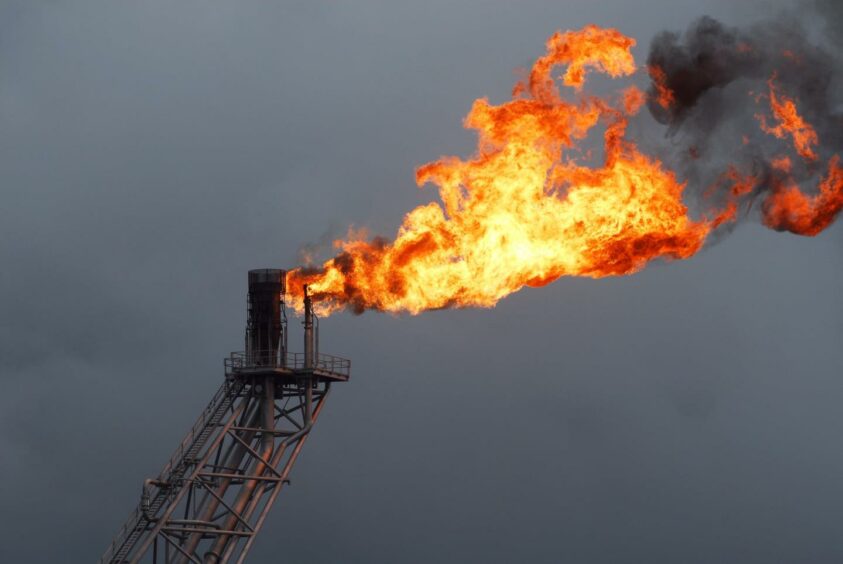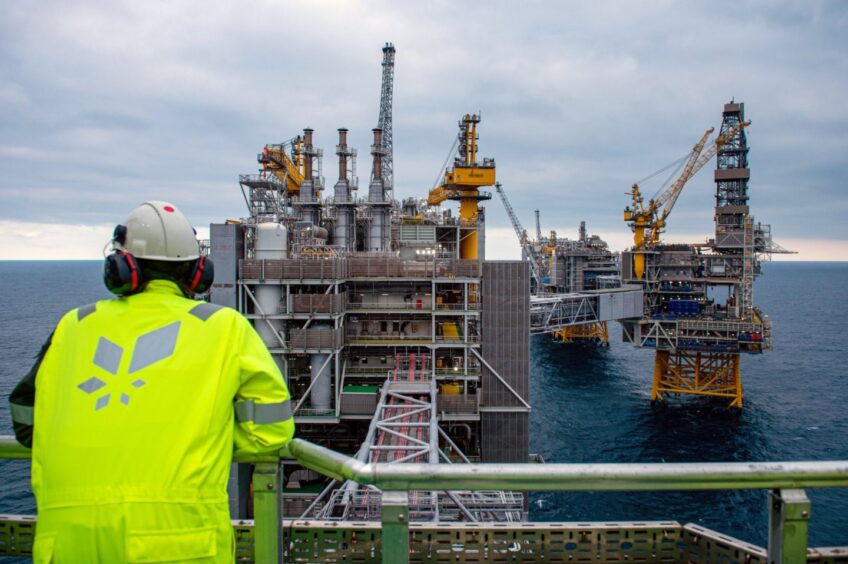
North Sea oil and gas operators could invest up to £3 billion on projects aimed at cutting 32m tonnes of CO2 emissions, a new review has found.
The amount of carbon saved would be greater than that emitted by London in 2021, the North Sea Transition Authority (NSTA) has estimated.
However, fewer that half of these projects – which range from using low carbon power on platforms and eliminating routine flaring and venting – have been given the go-ahead in the form of a final investment decisions (FIDs).
This means there is “still work to do” the regulator said, as it warned the industry still faced the risk of failing to meet commitments to slash emissions without further pollution cutting measures.
Slow to decommission
NSTA also chided the industry for delays on decommissioning of wells that were due to be plugged and abandoned.
It said that compliance by North Sea operators had been “mixed” as licensees continued to request deferrals on commencing expensive projects. The body repeated warnings, initially sent in letters to decom laggards last year, that those “failing to comply will be held to account”.
The regulator has been showing sharper teeth in the form of imposing fines on operators that fall foul of its rules, particularly on venting and flaring – a wasteful and polluting practice that the industry has pledged to ban on a routine basis by 2030.
Pressing ahead
The regulator highlighted 14 major projects aimed at reducing CO2 pollution between now and 2030 in its annual performance review of the UK’s top 20 operators.
The NSTA said it expects the oil and gas firms to ” press ahead with all of them and come up with more emissions reduction schemes in the coming years”.
Other data revealed at its annual “Tier Zero” meeting found that UKCS production fell by 11% last year, a decline exacerbated by unplanned outages.
Production efficiency, a key metric which indicates how well companies are using their assets, was 77%, down one percentage point.
NSTA said the operators were “reminded of the longstanding 80% target and urged to redouble efforts to tackle root causes of the unreliability of some assets”.
They could potentially go live between 2024 and 2030 on new and existing projects, making a significant contribution to achieving the sector’s emissions reduction targets.
The NSTA has revealed its disappointment that the number of well interventions, which it says are a “cost-effective way to boost production”, fell from 450 to 402 in 2023.
Since the start of 2023, the NSTA has consented to eight oil and gas developments targeting 430 million barrels and requiring £4.4 billion of investment.
“Get cleaner”
In addition, North Sea operators are working on proposals for 14 oil and gas projects capable of yielding more than 750 million barrels. All proposals must go through an effective net zero assessment to make sure they are compatible with net zero targets.
Stuart Payne, NSTA chief executive, said: “While the argument for continued domestic production is strong, it only stands up if operations continue to get cleaner. Today we saw again the range of opportunities industry has to lower emissions and secure production. We know the UK has a world class workforce able to innovate, adapt and deliver complex technical solutions.
“Operators must routinely seek out opportunities to deliver significant emissions cuts, leaving no stone unturned. This is vital to preserve widespread support for the sector, enabling it to go after future barrels.
“Industry also needs to live up to its well decommissioning responsibilities – another threat to its credibility, which hangs in the balance. Companies who fall short will be held to account by the NSTA. We won’t back down on this priority.”
Recommended for you


 © Supplied by Kath Flannery / DCT
© Supplied by Kath Flannery / DCT © Photographer: Carina Johansen/Bl
© Photographer: Carina Johansen/Bl